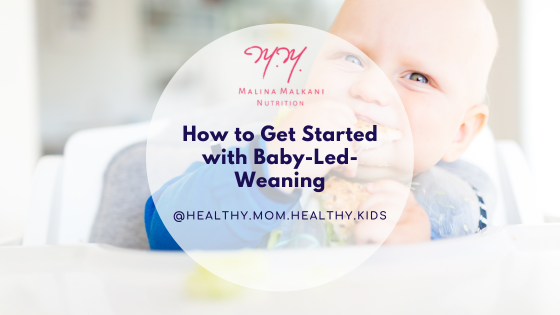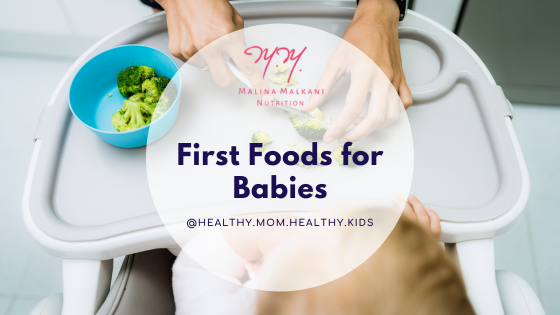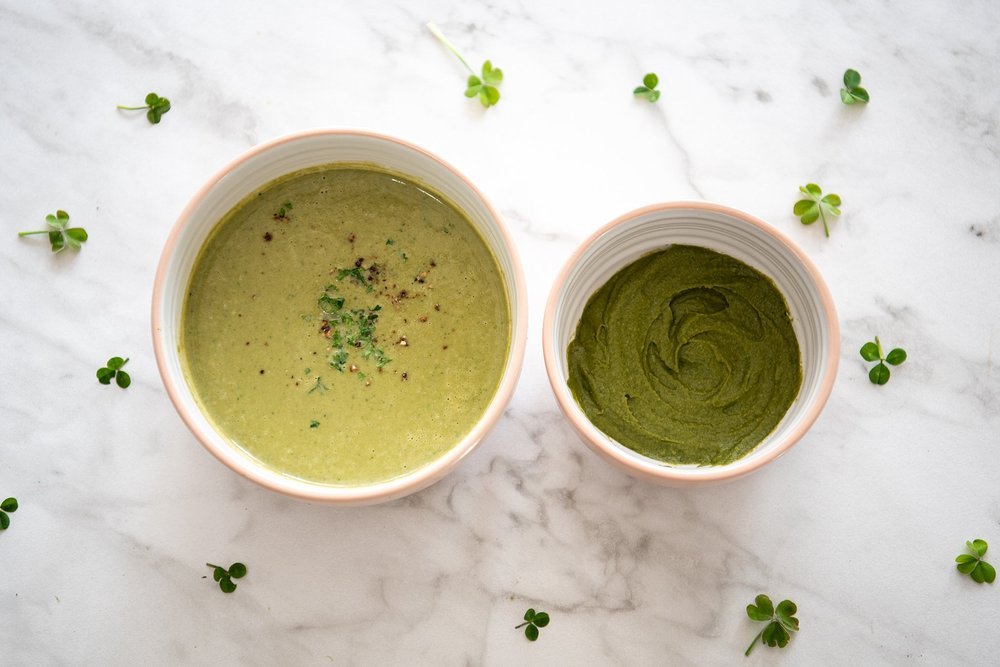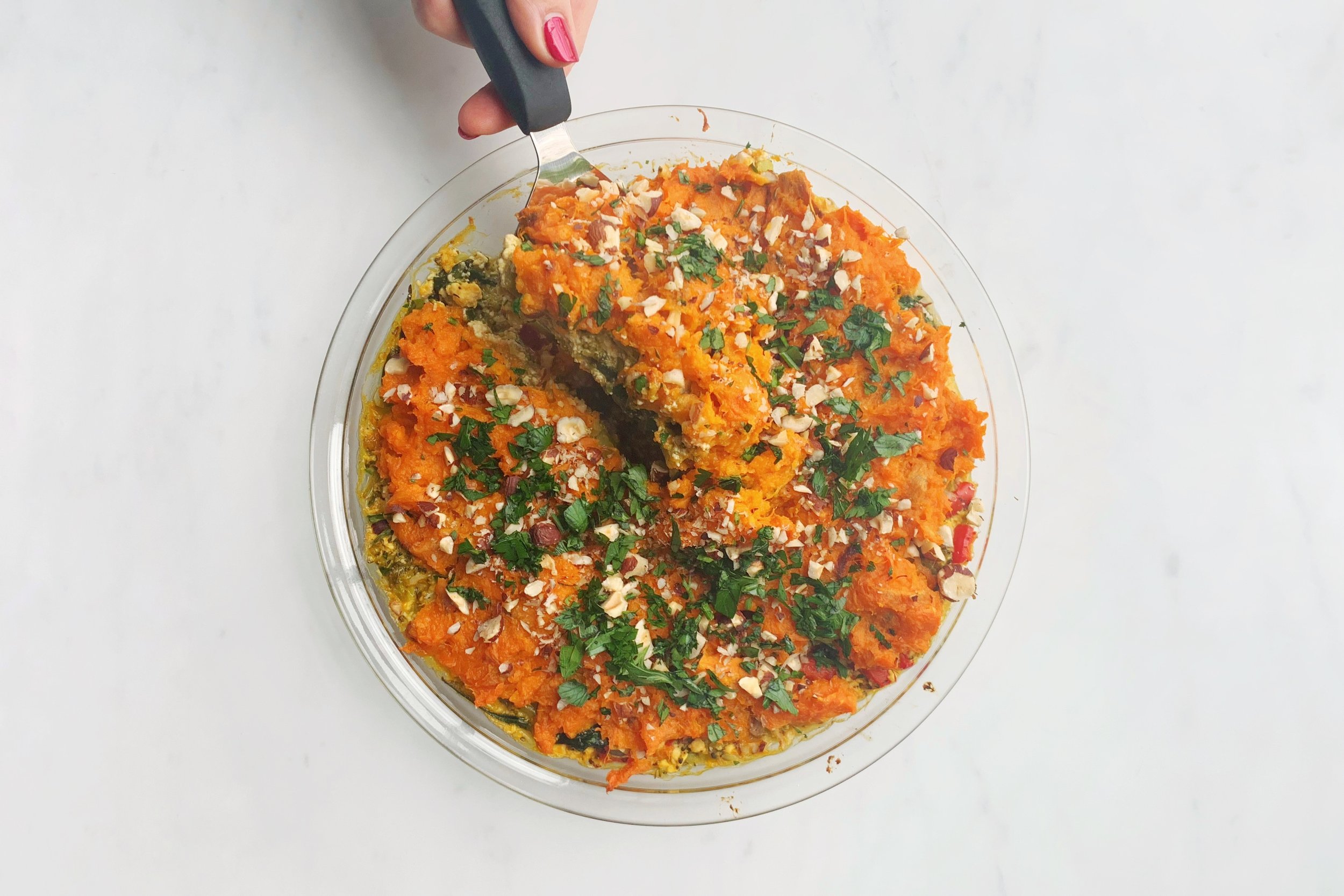How to Serve Broccoli to a Baby
Transitioning from breast or bottle feeding to solid foods can feel overwhelming. As your child starts eating complementary foods, you may be wondering which foods to start with, and how to prepare them so that they are safe for your baby to eat.
If you have questions, you’ve come to the right place to learn more!
Broccoli is a great early solid food choice for babies, but it is important to keep safe food sizing and texture in mind when serving broccoli during baby-led weaning.
Read on to learn more about why broccoli is such a nutritious choice for infants, and how to best serve broccoli based on your baby’s developmental stage.
Why is broccoli a healthy choice for babies?
If you are reading this and your baby is nearly 6 months old and showing signs of readiness for solids, you are likely gearing up to start offering your baby solid foods, either via baby-led weaning (BLW), purees, or a combination of both. If you’ve been searching for a list of the healthiest first foods for your baby, you’ve likely read that broccoli is a good nutrient-dense vegetable with which to begin. Here’s why…
Broccoli is a nutrient-rich vegetable that offers many benefits that support a healthy immune system and healthy eyes. This cruciferous vegetable is also a good source of vitamins C and A, and a great source of antioxidants, calcium, and potassium.
What is a cruciferous vegetable?
The cruciferous vegetable group consists of a diverse group of edible plants that can range from large, edible leafy greens and stemmed flower buds to small, compact buds. Brussels sprouts, cauliflower, kale, and cabbage are all members of this group.
Babies can safely eat broccoli and other cruciferous vegetables starting at about 6 months of age, with signs of readiness for solids, as long as the vegetables are tender-cooked and/or pureed.
Cruciferous vegetables are also a great source of fiber! Fiber provides many health benefits and supports a balanced gut microbiome, balanced blood sugar levels, and a healthy heart. Fiber also helps to prevent constipation in kids.
Cruciferous vegetables also contain compounds called phytochemicals. Phytochemicals play an important role in both the flavor and color of the plant, and support optimal blood pressure, cardiovascular health, and improvements in inflammation.
How does broccoli support a baby’s vision, bones, and immune health?
Vitamin A – Broccoli is rich in vitamin A, which plays a big role in healthy eyes and a healthy immune system. Having adequate vitamin A helps support vision and good eyesight. It also helps ensure that our cells grow and change the way they are meant to, which plays an important role in maintaining a strong immune system.
Calcium – A mineral found in broccoli is calcium. Calcium is important in the maintenance of the structure and strength of our bones. In children, a severe deficiency results in rickets, which is a condition of soft bones that become malformed.
Vitamin C – Broccoli contains another vitamin that supports immune health: vitamin C. Vitamin C is an antioxidant that also supports the growth and repair of tissues and vessels in the body, helps prevent iron-deficiency anemia, and supports healthy brain development. Check out this post to learn more about the benefits of vitamin C for babies.
How should I serve and cook broccoli for my baby?
During BLW and infant feeding in general, it is important to prepare foods safely by considering both size and texture.
Finger foods should be soft enough for you to mash between your thumb and forefinger - you want your baby to be able to mash food in their mouth before swallowing. Broccoli is safe for babies when tender-cooked and should not be served raw during infancy because raw broccoli is a choking hazard.
Here is a list of 10 additional foods to avoid during infancy that will help you keep your baby safe during BLW.
The size of the broccoli you decide to serve your baby will depend on their developmental stage and the type of grasp they are using to pick up their food.
Palmar Grasp (6 to 9 Months Old)
In the early stages of BLW, usually ages 6 to 9 months (although every baby is on their own timeline!), babies can wrap their palms and fingers around larger pieces of food. At this stage, offer larger broccoli florets with a stalk that is long enough to use as a “handle” while your baby nibbles on the soft floret.
7 month old baby holding broccoli floret by the stem.
Pincer Grasp (9 to 12 Months Old)
In later stages of BLW, around ages 9 to 12 months, most babies have more dexterity and fine motor skills and can pinch smaller pieces of food between their pointer finger and thumb to bring small bites of food up to their mouths. During this stage, you can serve broccoli finely chopped in small, chickpea-sized, bite-sized pieces.
Broccoli bits for pincer-grasp babies!
Preparing broccoli for your baby
To prepare broccoli and broccoli recipes for babies, know that you can start with fresh or frozen broccoli. As a pediatric dietitian specializing in infant and child feeding, I can assure you that both are nutritious!
Below are a few ways to prepare broccoli for infants. Remember to always wash your fresh broccoli thoroughly before cooking. The goal of whichever method you choose is to cook until it is soft, tender, mashable, and easy to swallow.
Steamed Broccoli: Don’t worry if you do not have a steamer, you can steam broccoli on a stovetop. Fill a skillet with about 1⁄2 inch water and bring to a boil. Add your broccoli, reduce heat to a simmer, and cover with a lid, leaving a small opening on the side of the lid to allow some of the steam to escape. It usually requires about 8 minutes to reach an optimal level of tenderness, depending on the size of the floret.
Roasted Broccoli: Preheat oven to 400°F. Thoroughly dry your previously washed broccoli florets. In a bowl, toss the broccoli with a little olive oil. On a parchment paper-lined sheet, spread the broccoli florets in a single layer to make sure they all roast evenly. Bake until tender, about 15 minutes.
Sauteed Broccoli: On a stovetop, heat olive oil in a skillet over medium heat. Once heated, add your broccoli and cook for about 4 minutes. Next, add 2 teaspoons of water to the skillet, cover, and cook for another 4 minutes or until tender.
The roasted and sauteed broccoli preparation methods above include olive oil. A little fat helps make the broccoli easier for babies to swallow, and fat is essential for a baby’s brain development. A little bit of butter, olive oil, or ghee can also add some extra flavor to cooked broccoli.
It is also perfectly fine and even recommended to add a little seasoning to the above preparation methods for babies. Some of my favorites are lemon juice, Parmesan cheese, Italian seasoning, garlic powder, onion powder, black pepper, and paprika. Opt for salt-free options, although a little salt is fine too. You can learn more about babies and salt in this post.
There are many yummy ways for babies to eat broccoli. Here are a couple of baby-friendly recipes to try:
If you have more questions about BLW and how to serve other vegetables for babies, or if you are curious about whether plant-based diets are safe for babies and kids, you can almost always find answers on my blog.
And if you need guidance around a specific nutrition-related concern, I am currently accepting new clients in my virtual private practice. I would love to meet with you to help get you and your child on track. Thanks for reading!
A special thanks to my dietetic intern, Jessica Wilson for her contributions to this blog post.











